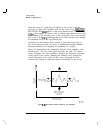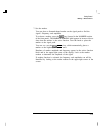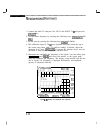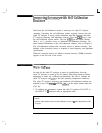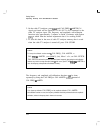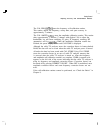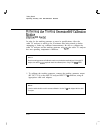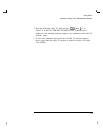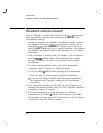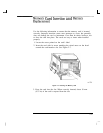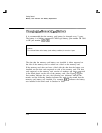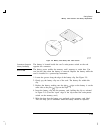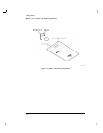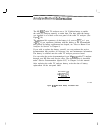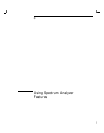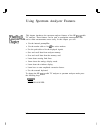
I
-
Getting Started
Improving Accuracy with Self-Calibration Routines
When
Is
Self-Calibration
Needed?
While it is difficult to provide general advice for your
speciEc
measurement
needs, the following suggestions may help you decide when to use the
self-calibration features:
1. Perform the frequency and amplitude self-calibration routines whenever
the instrument experiences signiEcant environmental changes such as
temperature
(f5’C),
humidity, shock, or vibration (such as may occur
during shipping or transport). This is especially important if the frequency
and amplitude self-calibration routines were performed last in a different
environment.
2. If the environment is relatively stable (for example, a lab environment),
use CAL
FREQ
&
AMPTD monthly. After being turned off overnight,
the cable TV analyzer will need to warm up, but should not require
self-calibration.
3. To achieve optimal amplitude accuracy for relative measurements:
a. Keep the cable TV analyzer in a stable environment.
b. Use CAL FREQ
&
AMPTD before beginning the Erst measurement.
c. Keep the cable TV analyzer turned on between measurements.
d.
Do not use CAL FREQ 6 AMPTD before subsequent measurements
(the amplitude drift is normally smaller than the self-calibration
uncertainty).
4. If you change the input signal for EXT REF IN, run the frequency and
amplitude self-calibration routines using CAL OUT. Amplitude calibration
is required to improve IF centering.
5. If accurate self-calibration is needed temporarily in a different
environment, use CAL FREQ
L
AMPTD , but do not press CAL STORE.
The temporary correction factors will be used until the cable TV analyzer
is turned off or until CAL FETCH is pressed.
2-26



